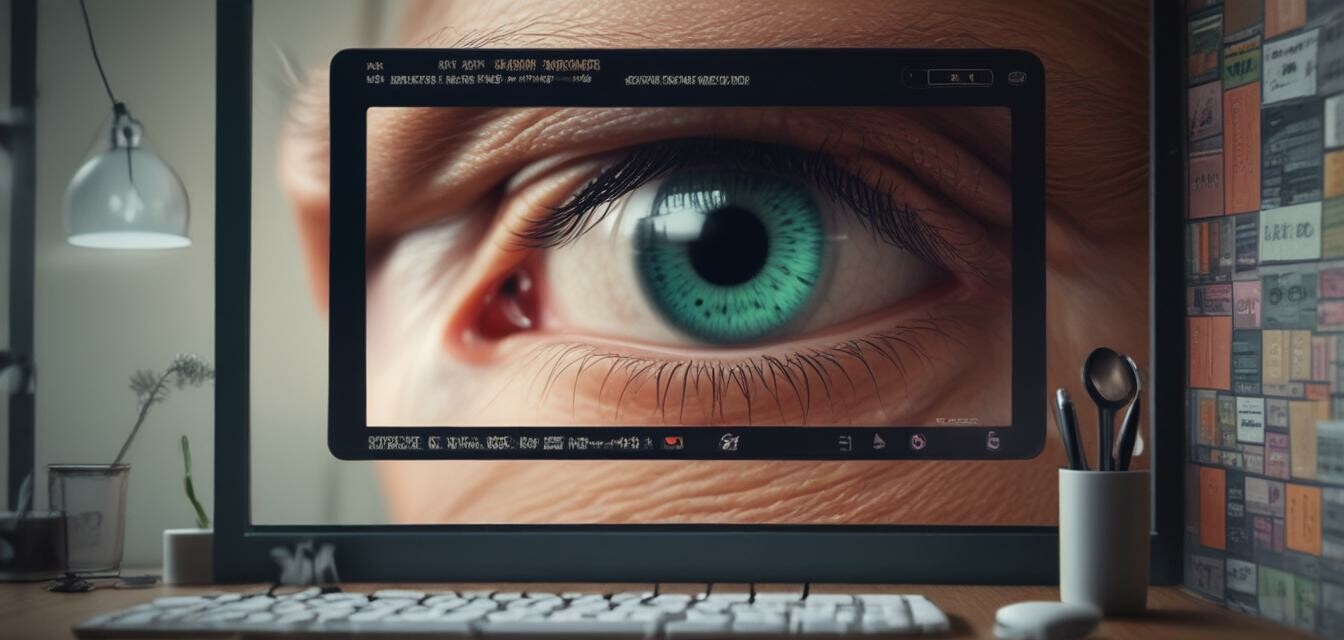
The Impact of Screen Time on Eye Health in 2024
As we plunge deeper into the digital age, screen time has noticeably increased in our daily lives. Be it work, leisure, or socializing, our eyes are constantly exposed to screens. This article analyzes recent studies on screen time and its effects on eye health while providing tips for minimizing risks in a digital world.
Key Takeaways
- Increased screen time is linked to digital eye strain symptoms.
- Effective strategies can help reduce screen time's impact on your vision.
- Understanding the importance of eye care can improve overall eye health.
- Regular eye examinations play a crucial role in maintaining vision health.
Understanding screen time and its effects
Screen time refers to the amount of time individuals spend looking at digital screens, including smartphones, tablets, computers, and televisions. Recent studies indicate that excessive screen time can lead to various eye-related issues, particularly digital eye strain.
What is digital eye strain?
Digital eye strain encompasses a range of symptoms resulting from prolonged screen exposure, including:
- Eye discomfort
- Dry eyes
- Blurred vision
- Headaches
- Difficulty focusing
The latest studies and their findings
Numerous studies conducted in 2023 and early 2024 highlight the concerning trends in eye health related to increased screen time. Below is a summary of significant findings:
| Study | Findings | Recommendations |
|---|---|---|
| Journal of Vision Science | 70% of participants reported symptoms of digital eye strain after extended screen use. | Adoption of the 20-20-20 rule |
| International Eye Health Association | Increased screen brightness correlates with higher incidence of dry eyes. | Utilizing anti-reflective screen protectors |
| American Optometric Association | Inconsistent blink rate observed in individuals engaged in prolonged screen work. | Regular reminders to blink and hydrate. Read more about effective practices for eye care |
Tips for minimizing screen time risks
While it's challenging to avoid screens altogether, there are effective strategies to mitigate their adverse effects:
Beginner's Guide to Reducing Screen Time Impact
- Implement the 20-20-20 rule: Every 20 minutes, look at something 20 feet away for 20 seconds.
- Adjust screen settings to reduce glare and brightness.
- Use artificial tears to keep your eyes hydrated.
- Practice eye exercises regularly to strengthen eye muscles.
- Ensure proper lighting in the room where screens are used.
Possible solutions and advancements in eye care
The advancement in eye care products is following the increased awareness about screen time's impact on vision. Here are some innovative solutions:
- Blue light blocking glasses to reduce glare and eye strain.
- Hydrating contact lens solutions to alleviate dry eyes.
- Supplements designed to support eye health.
- Informational books on maintaining good vision.
Pros
- Enhanced understanding of digital eye strain.
- Accessibility to eye care products.
- Increased awareness of eye health practices.
- Elaboration of effective eye care routines.
Cons
- Over-reliance on digital devices.
- Risk of neglecting regular eye check-ups.
- Inconsistent implementation of eye-care strategies.
Conclusion
In 2024, screen time's impact on eye health is an urgent matter that can't be ignored. Staying informed about recent studies, developing effective strategies, and utilizing innovative eye care products can positively influence our overall vision health. Protecting your eyes in this digital world is essential, so maintain an awareness of your screen time habits and prioritize eye care.